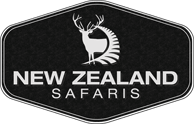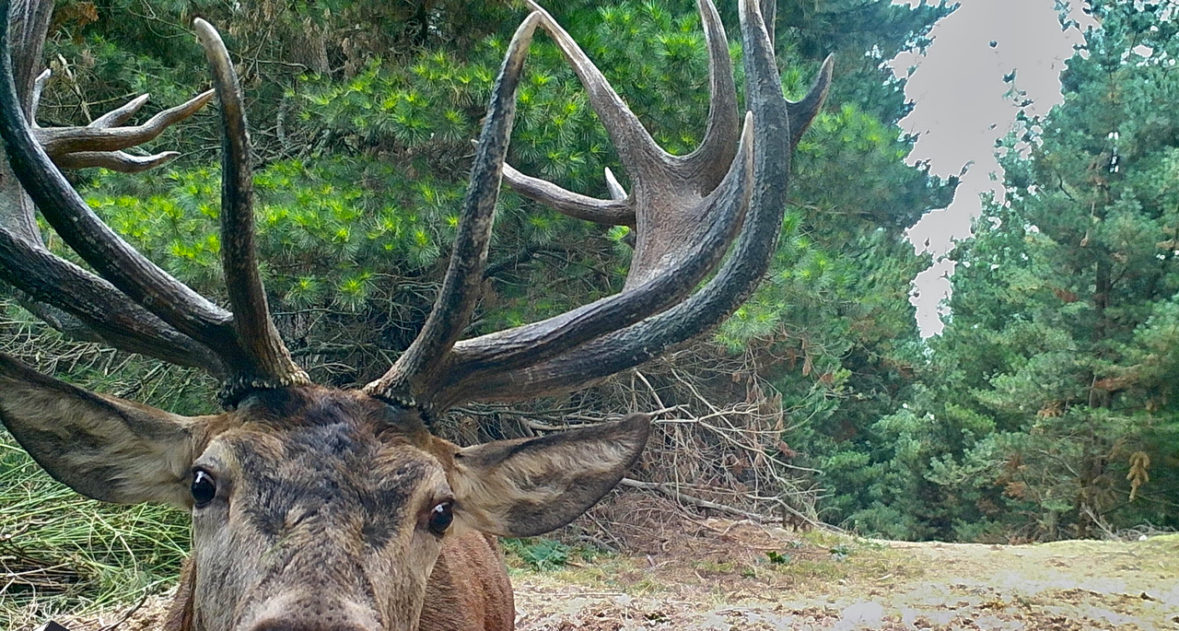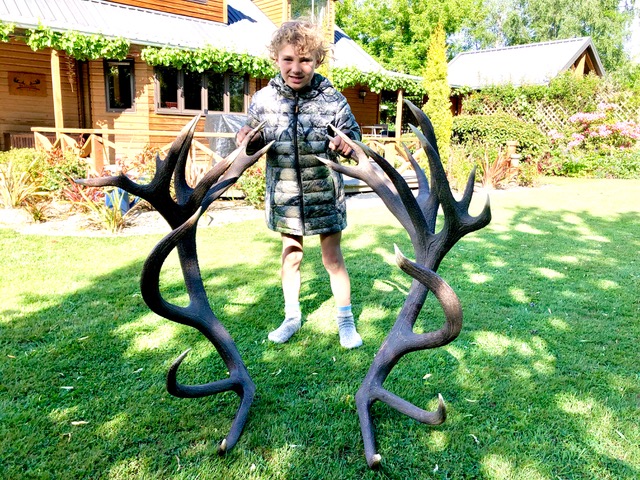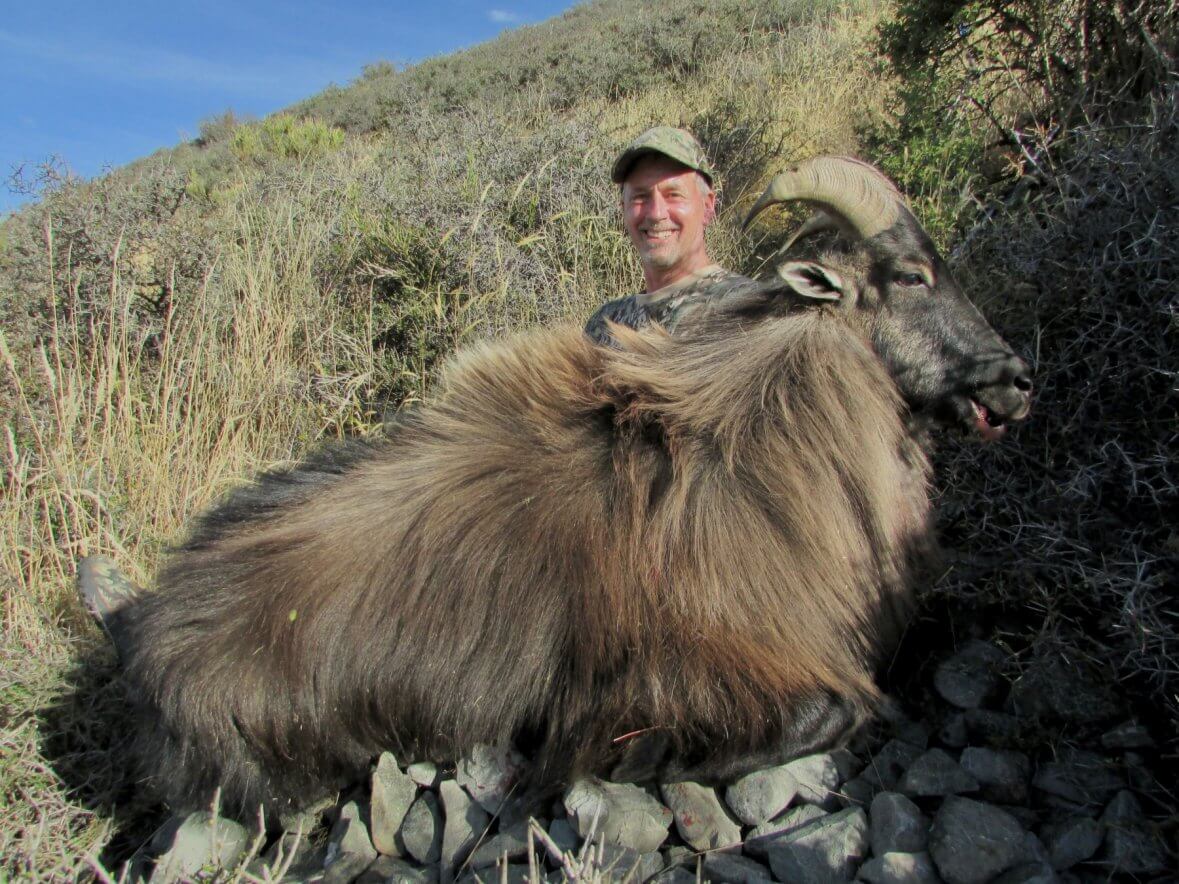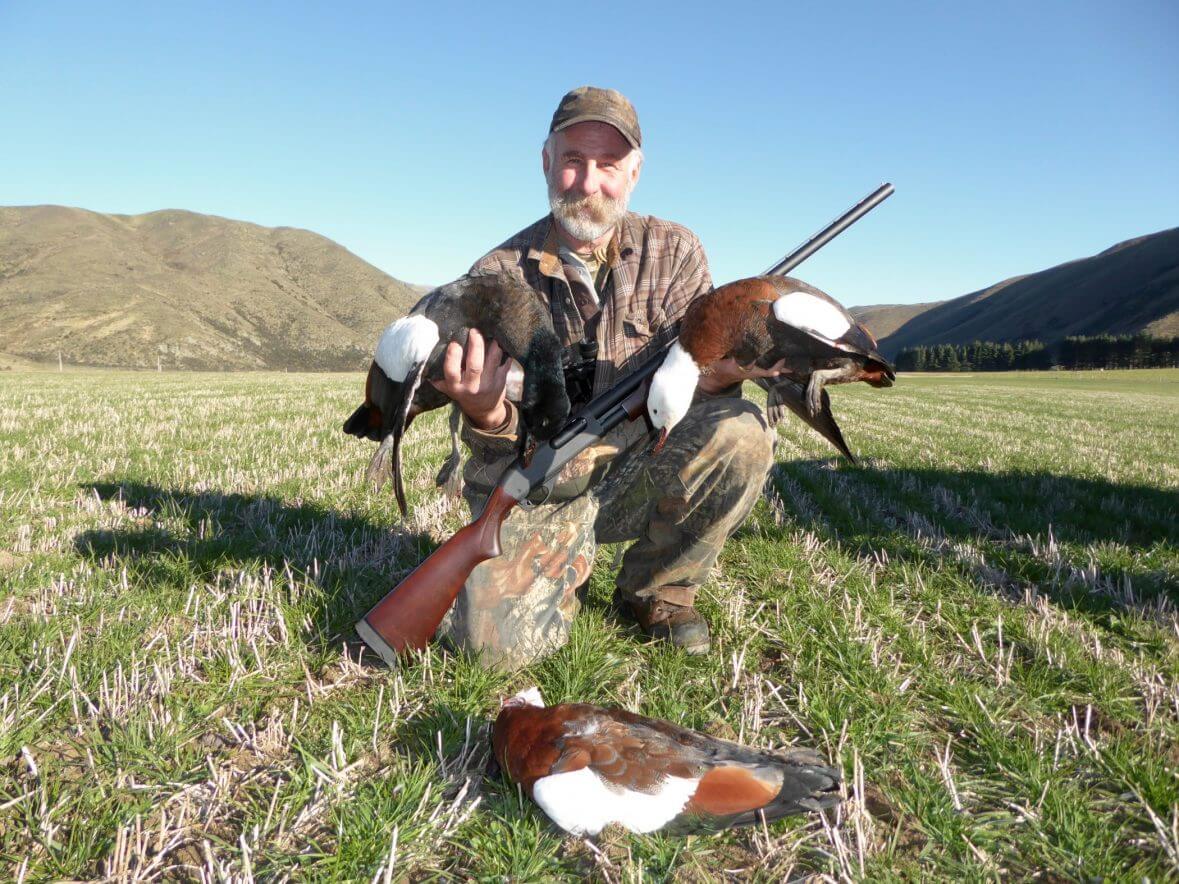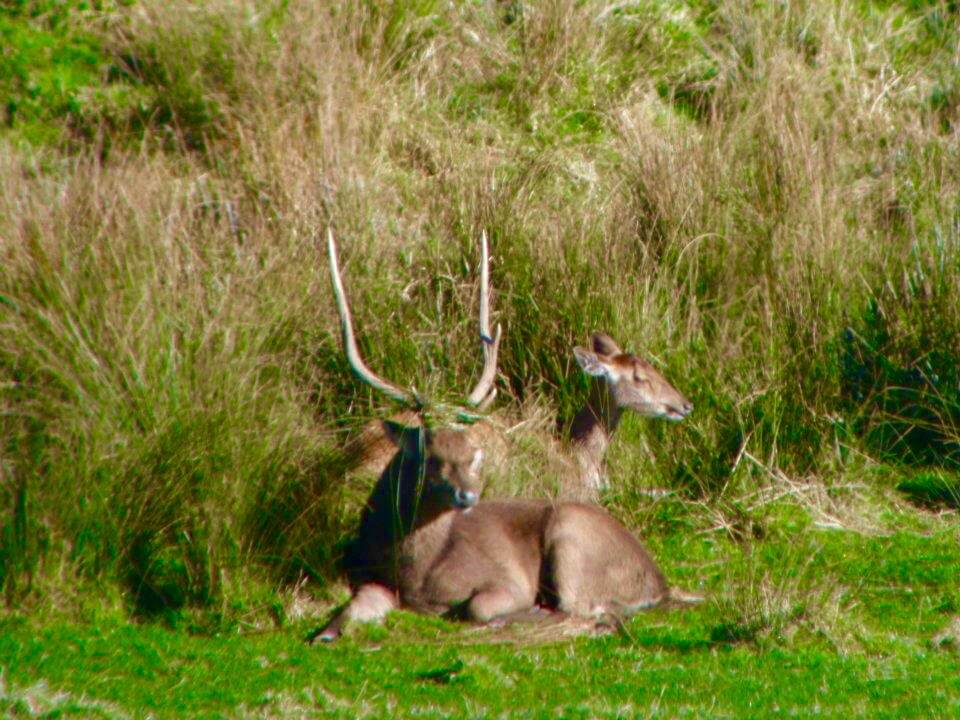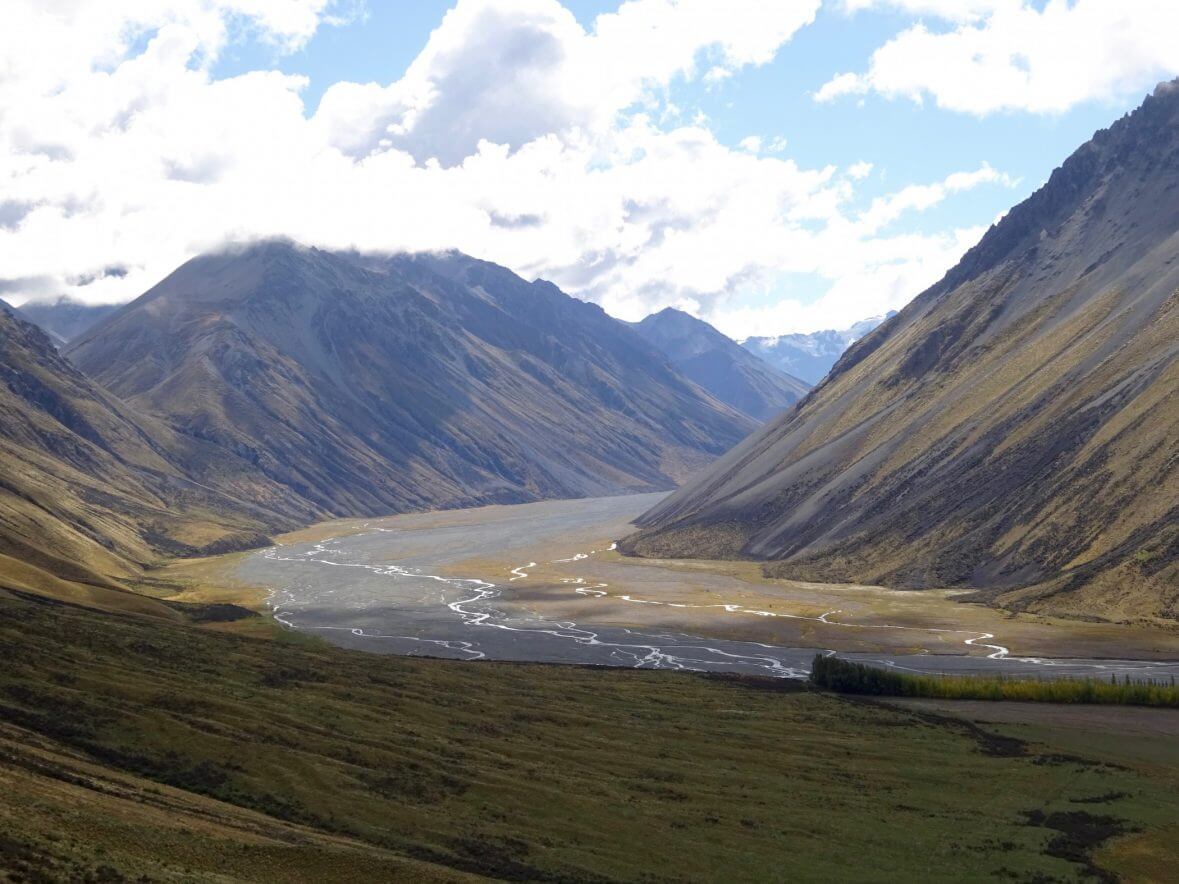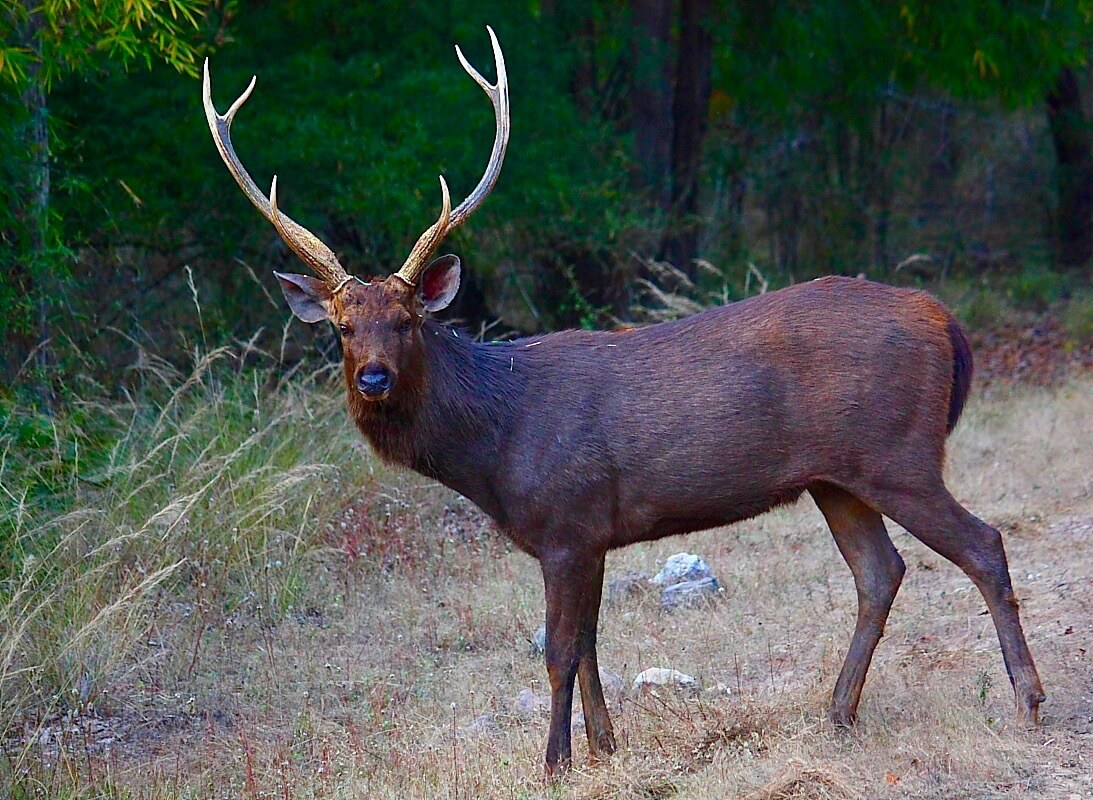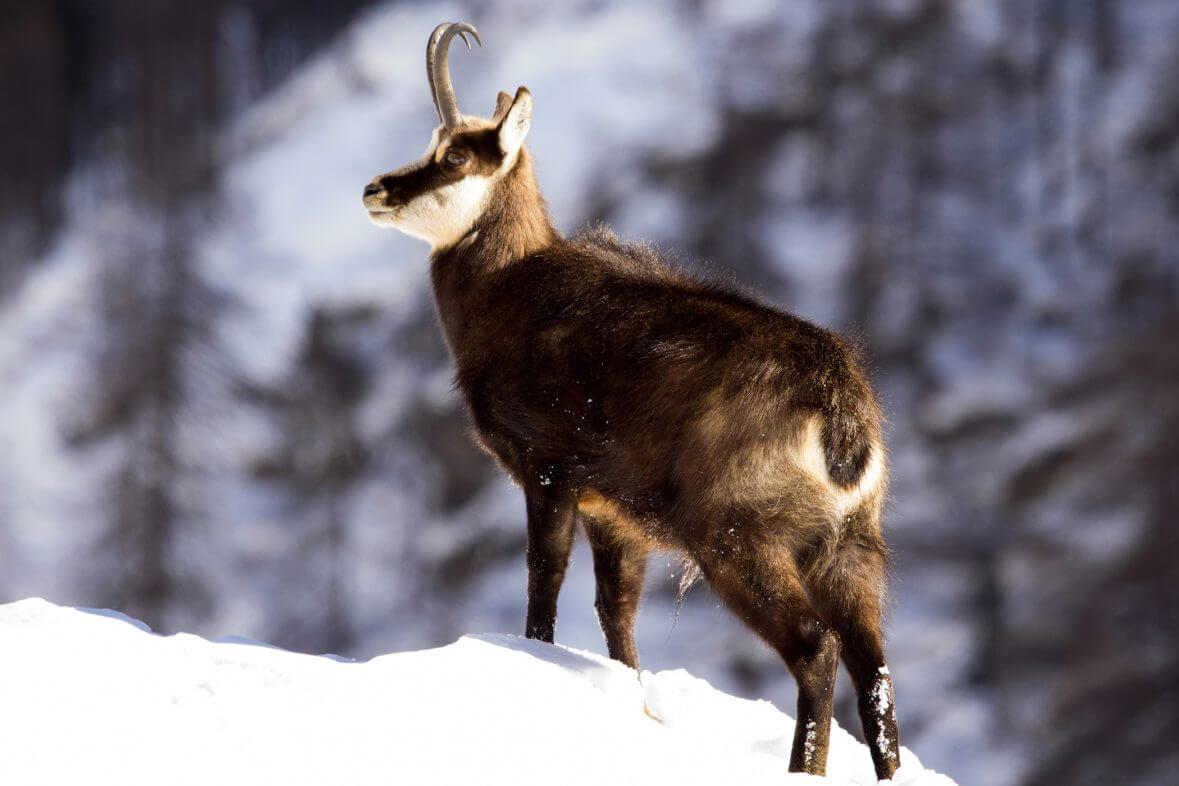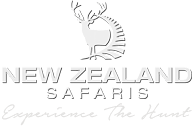New Zealand Red Stags are on the move. It’s March 2021 and the red Stag rut in the central South Island is in full swing. The Hinds (females) are starting to show up on our trail cameras which has seen increased activity up in the forestry as the temperatures start to cool down these sees animals starting to move more looking for new grasses and a partner, or two. The first roaring of our Red Stag in this area is typically in February as unlike many places around the country its alot cooler up in the trees the Stags tend to rub off their velvet earlier and wallow causing a shift in their hormones. Most of our deer are left with a natural breeding programme, we cull out stags that do not have trophy potential and make sure we have out minerals over the year to maintain good health. Excess females are lured out in winter down onto the farm where they become part of the the farming operation which makes sure we have a good balance in our hunting area as well as maintaining feed through the colder months.
A White Stag (or white hind for the female) which also occurs in Fallow deer is a white-coloured red deer, explained by a condition known as leucism that causes its hair and skin to lose its natural colour. Leucism is a rare genetic trait that causes a reduction in the pigment of an animal’s hair and skin. The natural colour of the red deer ranges from dark brown to red. They are often thought to be albinos. But unlike albinos, who have red eyes, deer with leucism have normal colouring in their eyes. It is distinguished biologically from albinoism in that it causes a reduced pigmentation in all skin types, and not just melanin.The white has played a prominent role in many cultures’ mythology. Hunters of old pursued the miraculous stag, not because they expected to kill it, but because it led them in the joy of the chase to new and fresh adventures, and so to capture happiness. You may look on the White Stag as the true spirit of Scouting, springing forward and upward, ever leading you onward to leap over difficulties, to face new adventures in your active pursuit of the higher aims of scouting. Jim Gibson owner of New Zealand Safaris has been managing one of his properties to now have one of the most talked about white deer populations in the world. The Stags on this property like many tend to have dark antlers with white tips making an amazing contrasts in colour We offer limited hunts on White Stags in New Zealand each year so as to assure we these stags pass on their genes. The first White Stag harvested was aged 12 years old which is testament to only taking mature old deer.
Shed hunting red stag antlers in New Zealand is one of those new adventures that has not taken off as in North America mainly due to most of the larger deer populations are on private land. Shed hunting on our private properties is a lot of fun especially this year, with a limited hunting season there were a lot of surprises. From huge shed antlers of Red Stag to finding dead old Stags that must have past due to age of fighting during the rut. New Zealand has a reputation of the finest quality of red Stag in the world from typical to non typical deer. The Sheds can weigh as much as 15 lbs per side and there is now high demand from buyers of red stag shed antlers to use them for everything from sliced up dog chews to knife handles, chandeliers, lamp holders and table legs. Red Stag antlers are typically not as long as Elk, with our Stags averaging around 35 inches in length.
Tahr in New Zealand are being targeted and culled on government land due to the minister Eugene Sage from the political Greens Party to wipe out these amazing animals. DOC (Department of Conservation) under Eugene’s order have begun killing tahr in Aoraki/Mt Cook and Westland Tai Poutini National Parks by way of helicopter gun ships before undertaking consultation with the hunting sector. This will change tahr hunting in New Zealand.
“The 1993 Plan was put in place as a best-guess at a time when little information was really known about tahr in our alpine environment to manage wild animals of crown land. The intention stated within the Plan was for it to be reviewed and updated as more science and information was developed which has never happened.” “DOC have never undertaken the proper research on vegetation impacts, herd densities and the contributions of recreational and commercial hunting that are necessary to inform future management. Instead they focus on short-term culling programmes like what is happening right now that pit the various stakeholders against each other.”
Hunting Tahr for the foreseeable future on government land will now be extremely challenging, and trophy Bulls near impossible to locate as the helicopters are currently shooting all Tahr they come across including Bulls. Jim Gibson from New Zealand Safaris has been for the last 14 years been guiding international clients on privately owned wilderness land exclusive to New Zealand Safaris. These areas have more so now than ever before become a very important refuge for not only managing the Tahr on these properties, but the Bulls have the opportunity to grow mature (6yrs old+) and have the ability for good feed without being constantly hunted by local hunters and helicopters. Giving them a high economic value to the land owners has meant that they can cohabitate in certain parts with their Merino Sheep and cattle in the mountains becoming an important part of their income, thus also encouraging management of these animals which includes reducing some of the female numbers for meat when required. Tahr hunting in New Zealand is set to change forever, hunters and more part time Outfitters will find it very difficult to even see a mature Tahr in the foreseeable future on government land, with mature Bull Tahr on private land likely to increase in value due over culling these privately owned Wilderness areas are set to play a major conservation role to the species that are already considered under threat in the Himalayas.
Bird shooting in New Zealand is recognised world wide for the variety of species and bag limits. The main bird shooting or wing shooting season in New Zealand is from the first Saturday in May through until end of July.
With generous bag limits of up to 25 birds per day bag limit this is a great water fowl hunting paradise. Bird shooting in New Zealand can take place over ponds, rivers, dams, lakes & oceans and even dry land with decoys such as Paradise Ducks and Canadian Geese.
With the ability of being able to feed, private ponds birds tend to congregate in these areas and farm land. Bird shooters are able to combine big game hunting with their bird shooting based out of a lodge each day with options for half or full days of bird shooting. Steel shot is required over bodies of water which is readily available to purchase in New Zealand or bring with you. A day licence or season licence is required to bird shoot in New Zealand at New Zealand Safaris we help clients obtain these online the week/evening before as well as a visitors firearms licence.
Your guide will be with you each day with decoys, lunch, and helping to call in and retrieve.
Learn more about wing shooting safaris with New Zealand Safaris.
Turkey hunting in New Zealand is something many hunters will experience while on their adventure in the country. In New Zealand the main species of turkey are the Merriam. The birds are found in centralised areas on private land around the country, and growing exceptionally large and old due to the lack of hunting pressure. Locals traditionally don`t hunt Turkey in New Zealand, and with the lack of natural predators numbers are very high.
We are able to hunt these birds year round. The Merriam turkey breeding season in New Zealand is from October-November. Turkey hunting in New Zealand you are able to use Bow, Shotgun, or rifle hunt. Hunters coming during the main season February-August are able to add on turkey and water fowl hunts to their big game animal hunts. October-February we offer exclusive Turkey hunting packages that may also include wallaby, some of our horned animals and meat hunts.
A rusa deer (Rusa timorensis) is one of the most elusive deer to be found in the New Zealand bush. New Zealand Safaris offers rusa deer hunts in both New Zealand and Australia.
Description
Size: Male height is about 1060 mm at the shoulder and weighing 122 kg, females 810 mm shoulder height and weighing up to 70 kg.
Colour: Males dark reddish-brown summer coat changing to dark greyish-brown in autumn. Females pale yellowish-red in summer and greyish-red in winter. Chin, throat and underparts cream.
Antlers: Present in males only. Antlers cast December-January and new growth complete by May. Normally 3 points on each antler, with the inner tine longer than the outer and nearly parallel with the inner tine of the other antler.
Social behaviour: Wary and semi-nocturnal rusa spend much of the day holed up in thick vegetation cover. They live in small groups and have relatively small home ranges. Prefer mixed grass areas for feeding and often utilise adjacent farm paddocks and crops.
Reproduction: Rut commences mid-July and continues into August.
Males collect a harem of females. The actual male rusa’s roar could be described as a short husky growl rather than the drawn out bellow of a red stag. Males roar infrequently perhaps only 2-3 times a day with concentrated activity early morning and late afternoon.
Males wallow and mark their territory with scrapes. While servicing these scrapes, males leave an unmistakeable scent that could be described as a pungent sickly sweet aroma.
Gestation period: About 240 days.
Birthing: Fawns are born March – April. Twins rare.
Nomenclature: Male = stag. Female = hind. Young = fawn/calf.
Hunting Tips:
| Characteristics/behaviour | Hunting response |
|---|---|
| Rusa are a medium sized deer. | Rifle ccalibre of .270and above are suitable for shooting rusa deer. |
| Occupy areas of thick cover with warm aspect and adjacent to open grazing areas. | Seek out suitable habitat and either:Hunt very slowly, stopping often to look around as rusa are often very hard to see amongst dense vegetation.Stake out a warm clearing (especially in winter) and wait for a deer to come to feed, often involves a long shot. (Probably the more successful method.) |
| Semi-nocturnal and active mainly early morning and late afternoon, lay up in thick cover during much of the day. | Hunt or be at the stake out location early morning or late afternoon when deer likely to be more active. Rusa Stags rut from June-October. |
| Rusa are rarely encountered on their own. | When a rusa is sighted be alert as others may be in close proximity but hidden from view. |
| Sign of rusa includes a network of well used trails and tunnels connecting bedding sites with feeding areas. | Stake out areas where recently used tracking systems are found accessing feeding areas. |
DIY hunting or hunting without a guide in New Zealand is always an option. The major difference you will find in hunting on public land on your own versus private land with a guide is in the game management or more specifically the lack of game management. On most government land there is no season so animals get hunted all year round by residents and DIY New Zealand hunters which naturally forces them to live in steep and inaccessible areas. These areas will have very low quality of food due but the hunting pressure forces them them.
Helicopter hunting is also very common on government land, this means that at any stage during a hunt on public land helicopters can and will come through your area especially for Tahr & Chamois.
All of the private land that New Zealand Safaris hunts on is managed, helicopters are prohibited and we hold the exclusive hunting rights. The game animals on these properties have a value and are respected. These private properties are huge, averaging between 15,000-40,000 acres of mountain to hill country. Each mature trophy animal that is harvested is paid for (many thousands of dollars) directly to the land owners. This then means that animals are not over shot without value as opposed to government land.
Less hunting pressure, better quality feeding areas, animals get a chance to grow old and big which then creates superior genetics. Hunters with a tight budget and more interested in shooting an animal of any size of sex and where age is not important will be more suited to DIY New Zealand hunting.
In New Zealand, sambar deer (Cervus unicolor unicolor) are considered an ‘iconic herd’. They are only in the North Island and mostly on private land.
Sambar can be a difficult deer to hunt. As with all hunting the more you can learn about the quarry and the area to be hunted the better the chance of success.
Description:
Size: Males average 1370 mm shoulder height and 245 kg in weight with females smaller at 1150 mm shoulder height and weighing up to 157 kg.
Colour: Uniform brown darkening to almost black in older animals with tan to rust red on the rump. Under parts grey to mid brown.
Antlers: Thick, heavily pearled and normally three tined (brow and trez tines and a terminal tine at the end of the main beam). Antlers cast November to December with new ones grown January to March hardening between June and November.
Social behaviour: Males solitary except during the rut. Young males and females form small groups of 2-5 animals. Feed mainly at night and during the day seek shelter in scrub or forest cover. Form complex trail systems accessing feeding areas from day time cover
Reproduction: The rut can happen any time between late May and December with June to August the usual period. The females, attracted by noise and scent, visit the male for a short period until mating takes place. (Harems are not formed.) Males are not particularly vocal during the rut but are known to emit a short harsh belling noise which is rarely heard by hunters.
Gestation period: Approximately 240- 264 days.
Birthing: March-April or July-September.
Nomenclature: Male = stags. Female = hind. Young = fawn/calf.
Where to hunt
In New Zealand sambar deer are only found in the North Island.
The two main populations of wild sambar deer are found in the Manawatu/Wanganui region and the Bay of Plenty region. Their range in both these areas is mostly on private land – mainly forestry blocks. New Zealand Safaris has exclusive hunting access to some of the most sought after sambar deer properties in the country.
Sambar occupy a variety of habitats from indigenous and exotic forests to wetlands and farmland.
Hunting Tips:
| Characteristic/behaviour | Hunting response |
|---|---|
| Large bodied animals (mature stag 400-500 llb andstand 60+ inches at the shoulder) | A larger rifle calibre with high energy is recommended with Sambar Stags deer known to absorbed shots. Suitable calibers include .270, 7mm, 300 win. |
| Although tending to be unpredictable, within a hunting area sambar will have preferred spots for feeding, hiding etc. | Learning as much as you can about the area being hunted will greatly increase the chances of success. |
| Elusive animals with the ability to exit within close proximity to people without being detected. Often won’t break until a hunter is very close and sometimes crawl rather than run. Can hide in very small patches of vegetation. | Hunt slowly, stopping often and surveying all around. Don’t discount the smallest of vegetation patches eg small clumps of gorse. |
| Once spooked sambar usually won’t go far and as retreating can often be heard making a trumpet like noise. | Listen to retreating animal to gauge where it is heading and after a short time follow. |
| Sambar feed primarily early morning and late evening utilising the cover of darkness but can be found feeding during the day using vegetation cover. | Late evening and early morning hunting is likely to find deer out in the open where as day time hunting will likely find deer in amongst thick vegetation. Hunt the change of light on dark nights. |
| Sambar are attracted to crops for feeding. | New Zealand Safaris hunts exclusively on private free ranging land like that has this feed. |
| Sambar Deer Rut New Zealand | Sambar deer’s main rut is from late May-September, and at times longer. |
| Sambar are very alert to foreign sounds. | With the wind in the right direction stake out feedings areas and wait for sambar to come to you. |
Chamois (Rupicapra rupicapra rupicapra) are found throughout the high country of the South Island and in some lowland forests, from the Marlborough Sounds in the north to Fiordland in the south.
They are renowned for their ability to occupy a range of mountain habitats, and will spread into lower altitude forest areas especially on the West Coast.
Description
Size: Males Bucks are 650-900 mm (shoulder height) and weigh 55-100 lb. Females are smaller at 600-800 mm shoulder height and weighing 41-55 lbs.
Colour: Their summer coat varies from grey-brown, tan to honey-gold tone. Their much darker winter coat is dark brown/almost black.
On their face they have a dark brown or black band that goes from the nose, around the eyes to base of horns. Their cheeks and throat are white or pale fawn.
Horns: Both male and females have horns which are black and slender. They arise straight up before curving backwards to form sharp hooks at the ends. Male horns are usually stouter and their hooks more strongly developed than females.
Social behaviour: Mostly feeding during the day, during summer time they feed for 3-4 hours from dawn and again for 3-4 hours before dusk. They rest during the middle of the day. During winter they feed less intensively, mostly at mid morning and mid afternoon.
Outside of mating season, male and female chamois are largely segregated. Females and young form loose, unstable groups, and males are mostly solitary.
Reproduction: Mating season begins in early-mid May, peaking in late May to early June. During this time dominant males will gather available females in a harem, defending them from other males often posturing with imposing displays but rarely resulting in frontal attacks.
Gestation period: Variable 5 1/2 to 6 months.
Birthing: Single young are born from November to February.
Nomenclature: Male chamois are called bucks, females called doe, and there young called kids.
Where to hunt chamois
Chamois are found throughout the high country of the South Island and in some lowland forests, from the Marlborough Sounds in the north to Fiordland in the south.
They are renowned for their ability to occupy a range of mountain habitats, and will spread into lower altitude forest areas especially on the West Coast. New Zealand Safaris has exclusive hunting access to private land areas which do not require the use of helicopters. Beaches these areas and managed with a maximum of 2 Bucks per property there are very good numbers and older animals with no pressure from local hunters.
- 1
- 2
